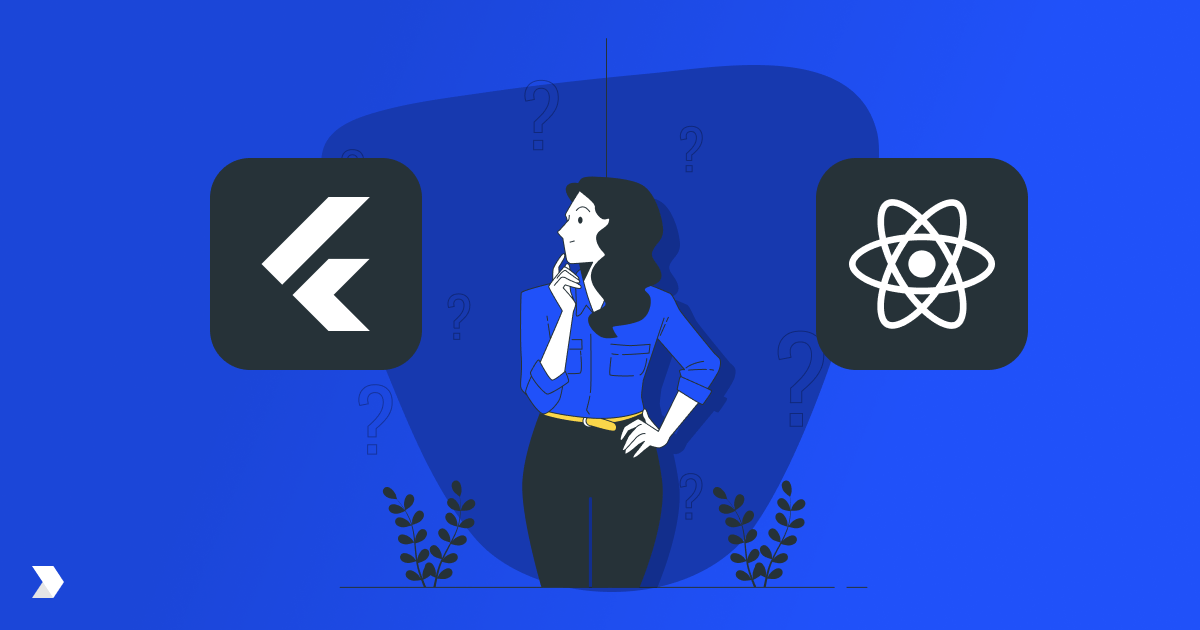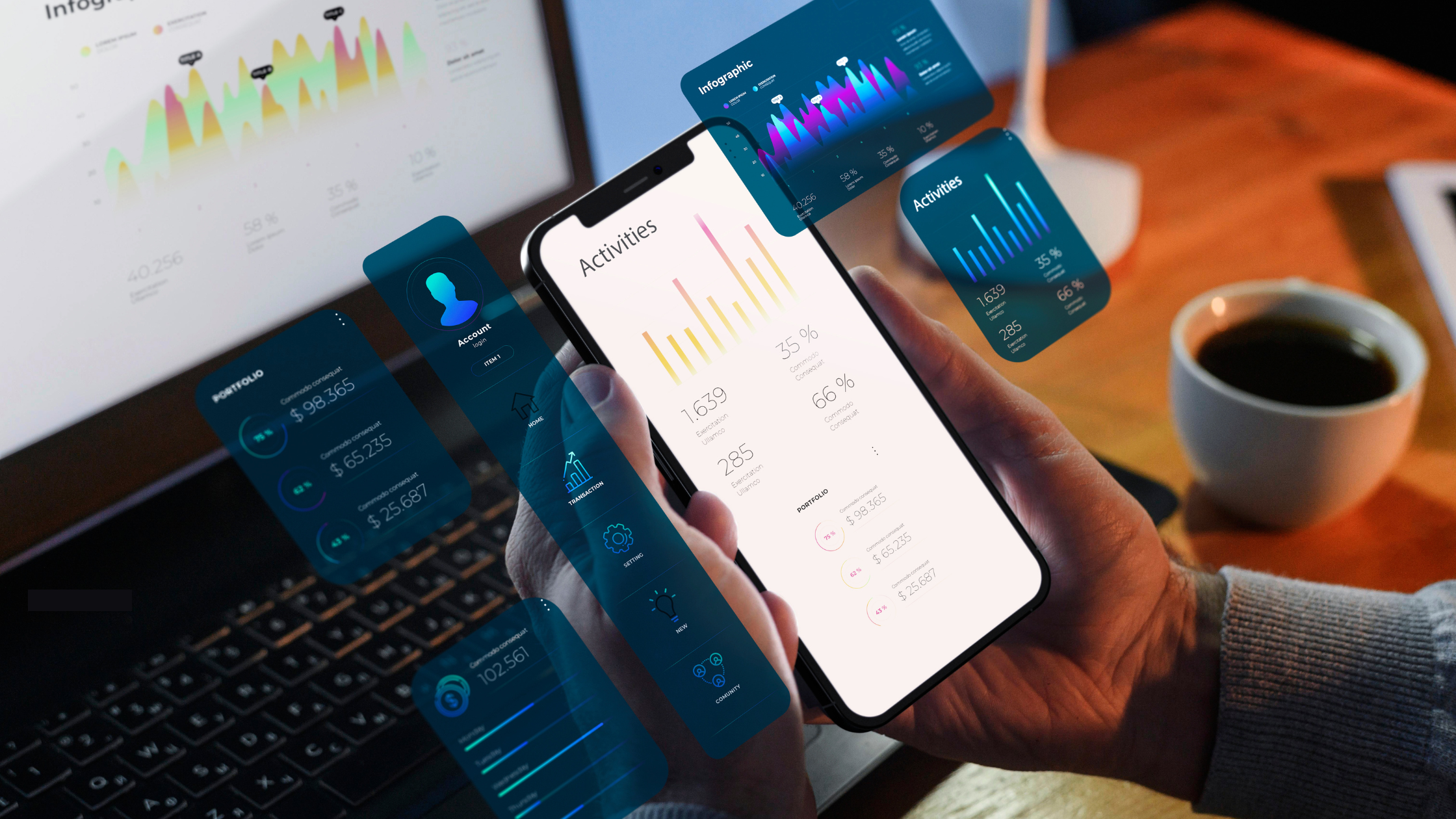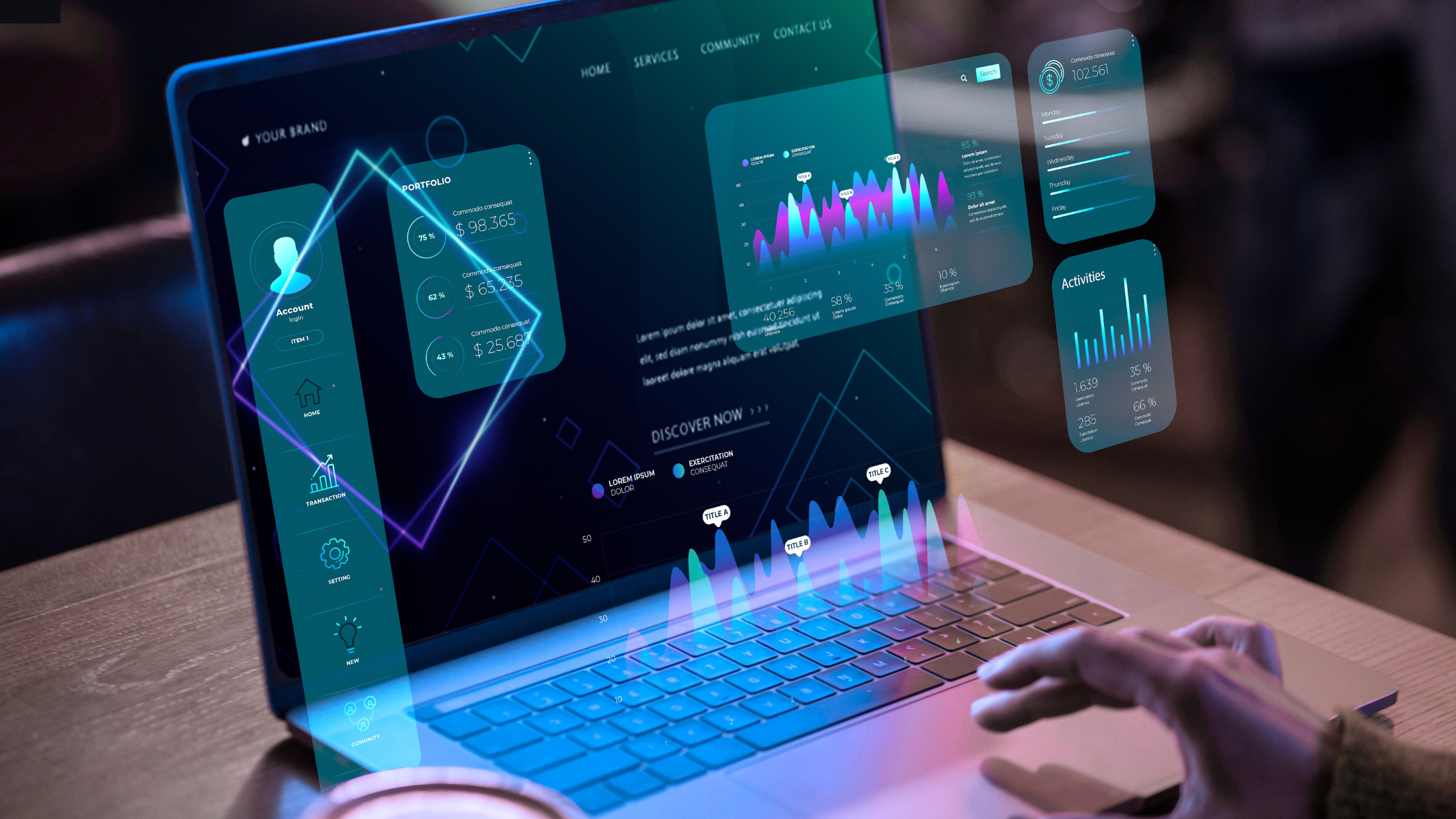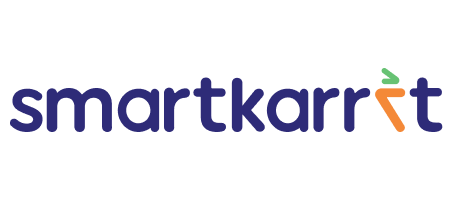Are you about to start your next mobile app project and can’t decide whether you should use Flutter or native language? If yes, then this article is for you.
This Article is focused on the differences between Flutter and Native framework development so you can choose what is best suited for your project !
It’s no surprise that mobile apps are in high demand, and mobile development teams are under pressure to provide excellent products that are beyond expectations. The problem with developing for iOS and Android is that it is time-consuming. Flutter offers a solution for this.
Cross-platform apps remain of great interest for many businesses as native apps for iOS and Android are more expensive to develop and maintain. Besides, cross-platform development is not as complex as native and it is also an important point for business. Developing a mobile app with native technology implies using technology and techniques specific to a single platform. Flutter is based on “write once, run anywhere.” That means you simply have to write one set of code and deliver it on every platform you desire (Android, iOS, Linux, etc.)
Flutter was released in 2018 as an open source framework developed by Google that allows developers to build beautiful, and natively compiled, cross-platform applications from a single codebase. Despite the fact that Flutter is still relatively new, it already has over 150,000 applications. Its usage has nearly doubled, according to Statista surveys, rising from 23% in 2019 to 42% in 2022.
An overview of Flutter
Flutter was created by Google around four years ago and has made steady progress through the market since its original inception. It unifies Android and iOS interface development using the same basic library of controls and a single codebase. It is based on a language that was also developed by Google — Dart — which should feel very familiar to developers who have experience with JavaScript or similar languages.
Cross-platform mobile development with Flutter enables you to write the code once and run it on either platform, Android or iOS. This reduces development time and cost.
Some things we love about Flutter:
Flutter employs the programming language Dart, a modern language that’s simple to learn.
- It comes with good documentation.
- There is a great developer community around Flutter.
- The Common Line Interface (CLI) is easy to use, which helps when setting up the development environment.
- There’s no dedicated IDE for Flutter/Dart. Any code editor, like VS Code, can be used.
Due to its ease of use, Flutter can reduce training times since it takes less time to learn Flutter than native stacks. On top of that, if you’re building an app exclusively with Flutter you’ll require less developers than if building separate apps for each platform. Because of this, Flutter development has been found to be faster compared to the development of apps natively.
But the only thing to consider here is Flutter only covers the front end. How applications work behind the scenes is still up to developers, and the market offers different options for that. The differences in how UI frameworks operate on Android and iOS is perfectly addressed by Flutter. Meanwhile ,If developers use native tools, they have to adapt the app to the specific parameters of the native UI frameworks, even if they are working with a central mockup/design for both platforms.
Both these platforms come with their own set of possibilities and limitations that should be accounted for. This is why Diginnovators prefers Flutter developers to have additional experience in native development.
What are native technologies?
Unlike cross-platform tools, native application development is application-specific to either Android or iOS. Native apps are coded in languages that are supported by the device’s OS Vendor :
- Android languages: Kotlin, Java. Development environment: Android Studio
- iOS languages: Swift, Objective-C. Development environment: Xcode
Use cases
- GPS-based applications, Accelerometer
- Rich-animation applications
- AR/VR
- Large data volume AI-triggered apps
- Native stand-alone applications
At the same time, the development and support of native apps require significant investments. This is because you need two different development teams for two different platforms. And they have to adjust business logic, duplicate interface logic and layout to the features of each platform.
With Flutter, you need a single development team therefore the working process runs much easier and faster. Hence, low-budget Flutter is becoming more popular with hi-tech businesses, compared to native technologies.
If you are looking for Flutter or Native mobile app developers, Our team here at Diginnovators has all the solutions for every kind of business Idea and to execute anything into a Mobile Application with specific functionalities ! Stay tuned for more updates !











